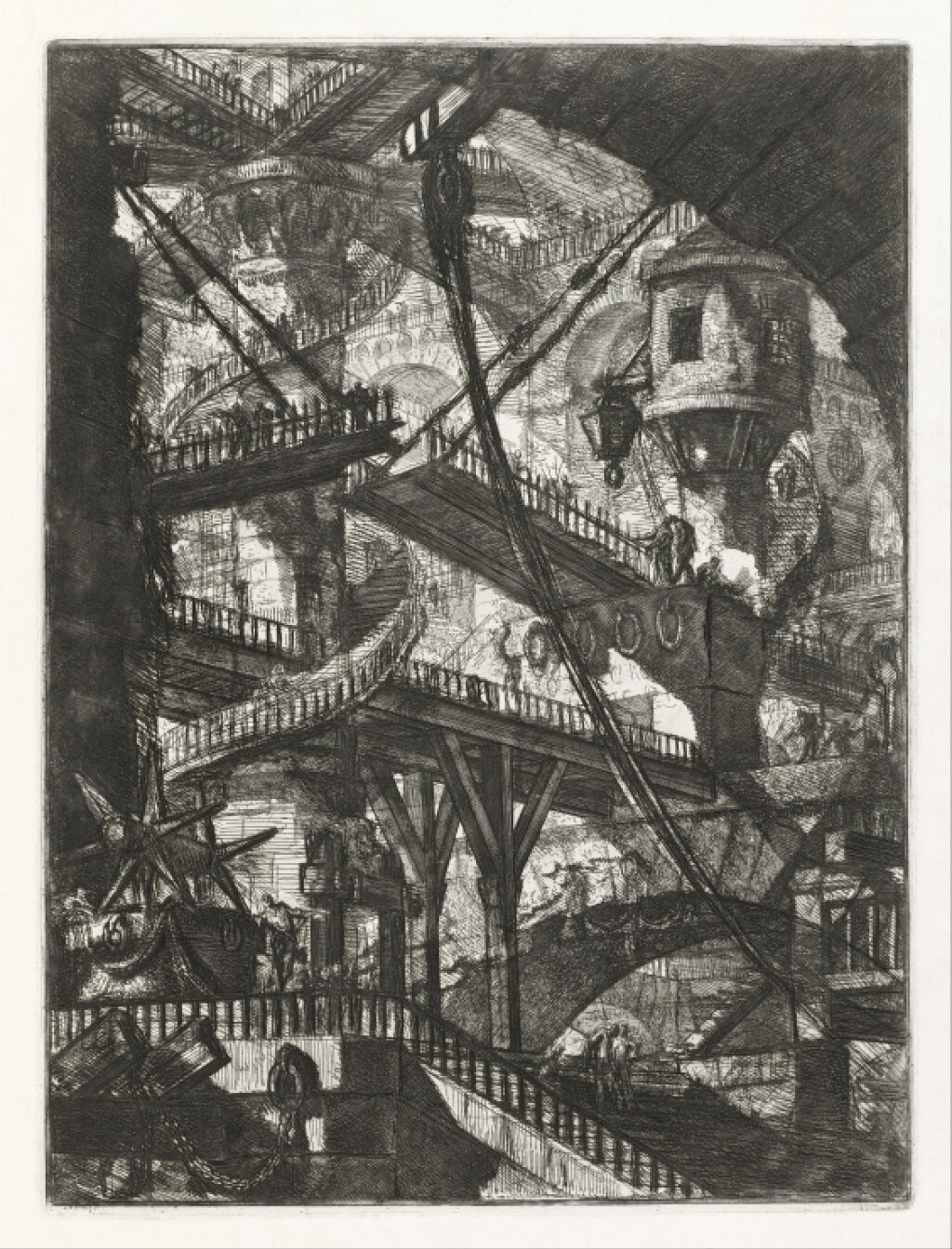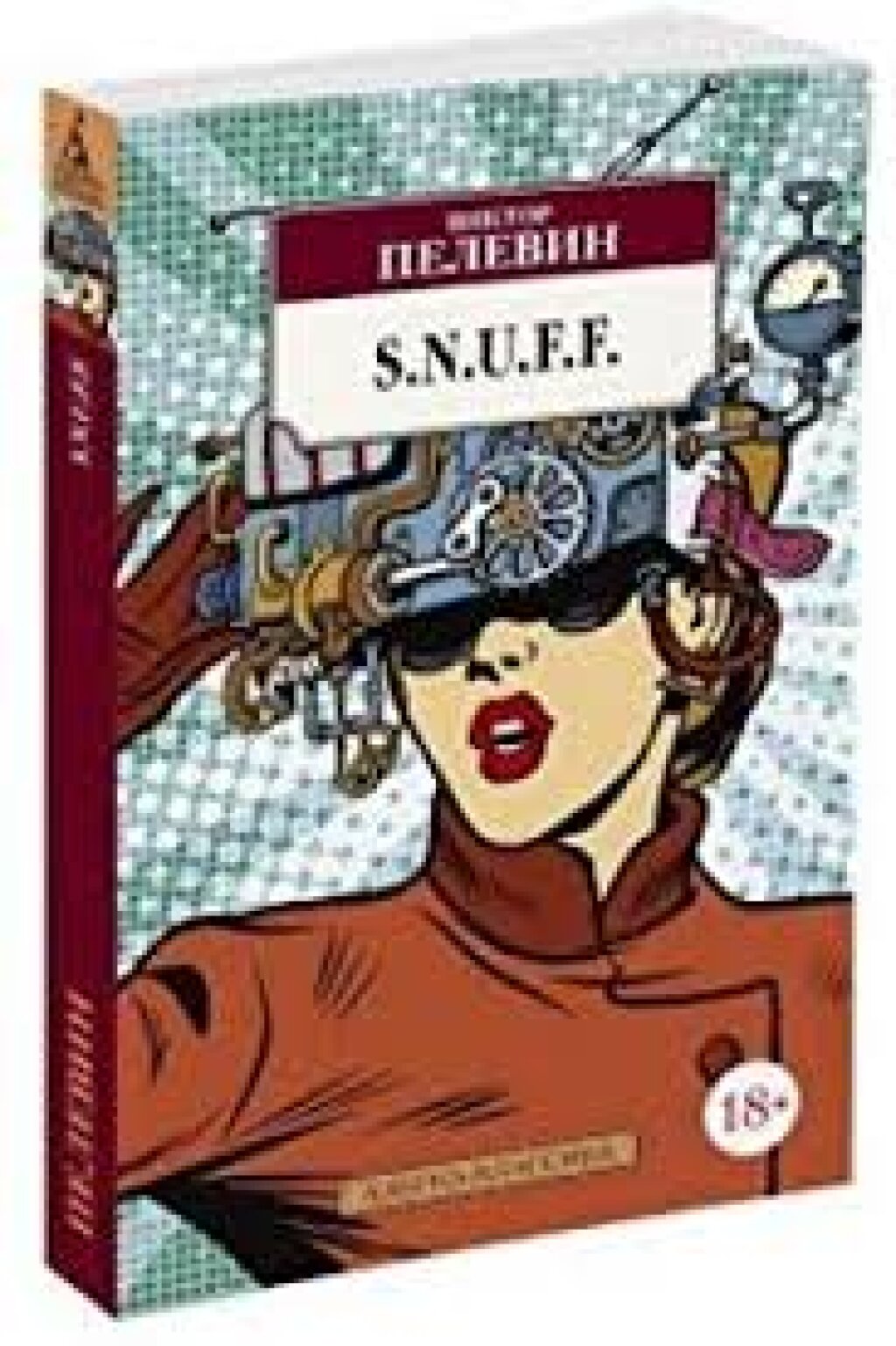This new collection of plays by Sergei Tretyakov, translated by Robert Leach and Stephen Holland, attempts to solidify Tretyakov’s role in the Russian Theatrical Avant-Garde Canon. In his introduction, Leach bemoans that Tretyakov is often left out of the narrative of the theatrical experiments of the radical Soviet 20’s, especially in the West. While figures such as Meyerhold, Eisenstein, and Mayakovsky, all of whom closely collaborated with Tretyakov throughout the decade, have become darlings of the study of Avant-Garde Theater, Tretyakov has been left by the wayside.
Leach’s thorough introduction impressively takes us through Tretyakov’s career as a playwright starting with a short biography of his life and an abbreviated description of the larger artistic debates occurring throughout the 1920’s into the Stalinist 30’s. From there, Leach goes through the history of each of the plays within the edition: The World Upside Down, A Wise Man, Are You Listening Moscow?!, Gas Masks, Roar, China!, and both the first and second versions of I Want a Baby. In an attempt to place Tretyakov in the pantheon of significant theater creators of the twentieth century, Leach then describes Tretyakov’s connections with important theater figures across the globe, especially focusing one section on how he inspired a young Bertolt Brecht. To conclude the introduction, Leach details Tretyakov and his family’s tragic demise during the Purges and then, discusses how he met Tretyakov’s daughter, Tatyana, towards the end of the twentieth century, who encouraged him to research her father, which ultimately, led to this book.
The first play in the collection is The World Upside Down. Leach makes a point both in the introduction and in a note at the beginning of the play that the original Russian title, Земля Дыбом, is a nearly impossible phrase to translate and this English title is just one attempt out of several different translations. The play itself is an adaptation of a French Revolutionary play detailing an agrarian peasant uprising. Lunacharsky initially recommended that Tretyakov adapt it and ultimately, this version of the play was staged by Meyerhold at his theater. The World Upside Down begins to show some of Tretyakov’s experiments with theatrical montage. The dialogue is short and staccato, which is accented by revolutionary sounding episode titles and slogans, which were projected onto a screen behind the actors in Meyerhold’s production.
The next play within the collection is A Wise Man, an “agit-buffoonade” that adapted the Ostrovsky play, Even a Wise Man Stumbles. Under the direction of Eisenstein, this play attempted to close the boundaries between spectator and performer as much as possible, framing the play within a circus environment. The notes and introduction describe the spectacular set and circus tricks that highlighted Eisenstein’s production of this play. Through these notes, many of which are direct quotes from Eisenstein, much attention to detail is paid to the complex series of double casting, using one actor for multiple roles, adding layers of meaning through association between characters. The allegory of the circus allowed Tretyakov and Eisenstein to critique the notorious NEPmen of their time.
The next play, Are You Listening, Moscow?!, continued Tretyakov’s trajectory away from representing any sort of psychology and instead moving towards more agitational forms of melodrama, attempting to compel the audience towards revolutionary action. Staged in collaboration with Eisenstein again, this short play was part of the celebration of sixth anniversary of the 1917 October Revolution. The subtitle refers to the play as an “agit-guignol” and the play certainly delivers on it, featuring several shockingly violent images amidst the plot about a socialist uprising. In the final moment of the play, the fourth wall is completely broken, with actors asking the audience, “Are you listening, Moscow?!” The audience responds rapturously, “I’m listening!”
The last of these shorter, provocative plays from the early 1920s, Gas Masks, was also the last major collaboration between Tretyakov and Eisenstein. To further push the didactic plot of a factory director misusing funds at the expense of his workers, they staged the original production in an actual factory. However, according to Leach’s introduction, instead of helping build the atmosphere, this immersive experience detracted from the production, with the incessant hissing and whirring of the factory being a complete distraction.
Roar, China!, written about Western imperialism in China, represents a major evolution in Tretyakov’s playwriting. Much more ambitious than his earlier works, due to its massive scale, structure, and combination of realistic and melodramatic styles, retells the true incident of an American businessman drowning after an argument with a local ferry boatman. Instead of playing into the types that was so prevalent in his earlier works, Tretyakov strongly attempts to stay away from orientalism in his depiction of the Chinese people. In his author’s introduction that was also translated into this edition, Tretyakov notes, “[o]n no account should the Chinese part of the set be decorated with fancifully curved roofs, little umbrellas, dragons, lanterns.” (Tretyakov 197) Rather, the westerners are portrayed more in this heightened, over-the-top manner. These distinct characterizations allowed Tretyakov to focus the playwriting more so on the different groups of people in the play, rather than specific individuals driving the action. Tretyakov also begins to move further away from melodrama, by using extensive stage directions, describing the mise-en-scene in tableaux that build the play’s atmosphere. The play is structured by shorter scenes strung together as “links.” Each link can act independently, telling its own story, but when they are sequenced together, they create a chain, adding meaning to each link. Similar to Are You Listening, Moscow?!, Roar, China! invites the audience to engage at the end of the play, asking them to “roar.” Roar, China! became Tretyakov’s most successful dramatic work, with a long run at the Meyerhold Theater, as well as a tour of the production through Europe.
The final two plays in the edition are the two separate drafts of I Want a Baby, easily Tretyakov’s most nuanced work. The preparation of the first production of the first draft of the play was underway by Meyerhold at his theater until the play was banned. It was at the turning point from NEP to the first Five Year Plan, and therefore, the banning of I Want a Baby was an early sign of the cultural shift that accompanied the political and economic ones. After the first draft was banned, Tretyakov completely rewrote the play and presented it at the Artistic-Political Soviet of Glavrepertkom. This reading led to massive debates around the play’s themes and bawdiness, at which point, Meyerhold had to present his plans for its staging. However, due to Meyerhold and his theater’s precarious position at the end of the 1920s, this staging never came to fruition. Both plays center around Milda, who wants to give birth to the perfect proletarian child, without the burden of marriage or love. It is a remarkable, hilarious send-up of Early Soviet family values. The major change between the first and second versions is the setting. The first version places Milda within a crowded Moscow apartment and the second version, trying to be more in-line with Stalin’s Five Year Plan, places her in a rural setting. Yet, despite the setting change, they both manage to live in between an outright critique of certain aspects of NEP culture and questioning the party’s future, utopian aspirations. This nuance and sophistication contributed to the banning of the play until glasnost.
The translations of the plays are easily accessible to a wide audience, however, they often reveal the cause of the phenomenon that Leach argues in his introduction: Tretyakov has not been a large enough part of the narrative of the Soviet Avant-Garde. Unlike writers who have received a larger amount of attention, like Erdman, Mayakovsky, or Kharms, even in a solid translation, Tretyakov’s playwriting comes off as slightly stilted and pedantic, especially in his earlier plays like The World Upside Down. Of course, some of this stiltedness can be attributed to what is lost in translation. When dealing with the more poetic language, Leach favors meaning over meter, which continues to increase the difficulty of looking at these plays as pieces of theater, meant to be performed, rather than pieces of literature.
This edition will most likely not enter Tretyakov into the Theatrical Canon because of the plays’ firm placement within their social and political contexts. Even in Russia, these plays have not been all that widely produced. While other writers of the era have received their due credit in some of Russia’s major theaters, Tretyakov has not received that kind of recognition yet. (Some of Russia’s biggest theaters have had major productions of works by Erdman, Bulgakov, and Olesha in recent years.) Tretyakov’s early work is much too didactic and pedantic to gain much relevance outside of Eisenstein’s original productions. His later works, especially I Want a Baby, are as nuanced and entertaining as anything by his contemporaries, but taken out of the context of the attempt to achieve utopia, these plays lose much of their bite. However, maybe this type of scholarship can begin to renew more interest in Tretyakov, possibly leading to some creative, contemporary stagings.
This edition will be most useful when looking back at the theater history of the 1920s. The introduction, notes before each play, footnotes, and even some images paint a vivid picture of how Tretyakov worked with his collaborators, mainly Eisenstein and Meyerhold. They were able to realize their visions by experimenting with everything from the content and structure of the plays to their specific staging, often incorporating audience interaction and film. Therefore, this edition will help shape further scholarship on the Soviet Avant Garde Theater.
There has been prior research and scholarship devoted to Tretyakov, but Leach’s efforts are probably the most focused. Elizabeth Papazian dedicated a chapter to Tretyakov in her book, Manufacturing Truth: The Documentary Movement in Early Soviet Culture. Also, books that paint a larger picture of the turbulent 20’s, such as John Bowlt’s Russian Art of the Avant Garde certainly do not leave Tretyakov out of the picture. However, due to his extensive collaborations and experimentation, Leach and Holland’s work certainly stands out because of their focus distinctly on Tretyakov’s theater work.
Since it is only a collection of plays, all of which were written in the 1920’s, the edition runs into the narrative trap of painting the 1920’s as the free-wheeling, artistically free period, until it all stopped at the arrival of Stalin. This narrative of that decade is completely overused because it shortchanges all the artistic, cultural, and political debates that ran into the 1930’s, many of which, Tretyakov was an active participant. Even in the beginning of the introduction, Leach references Bowlt’s work, which notes that Tretyakov participated in the First All-Union Congress of Soviet Writers and briefly discusses Tretyakov’s work at LEF and Novy LEF. Therefore, by only focusing on the plays, much of the complexities of Tretyakov’s career are dismissed. On the back cover, it notes that Leach is currently underway on a full Tretyakov biography, which will hopefully illuminate these aspects of Tretyakov’s life. Until the biography is published, this collection of Tretyakov’s plays portray his most daring artistic experiments, some of which were the most theatrical and exciting of the Early Soviet era.


